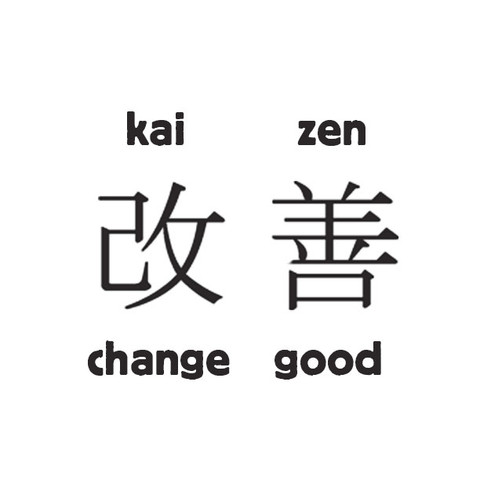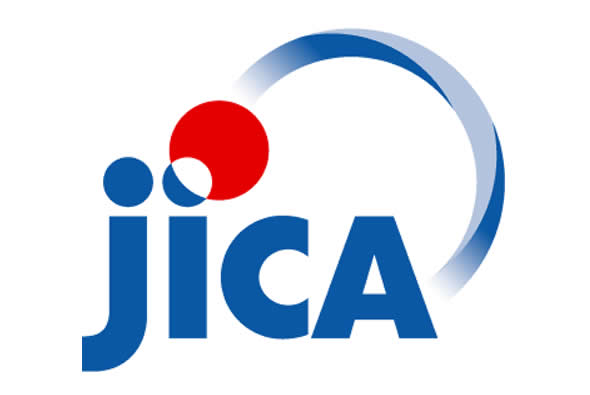I will continue to share reviews of programs commissioned by Japan International Broadcasting (JIBTV) from time to time. Please note: The content of this post is the sole property of JIBTV and may not be reproduced in any way without consent. This content is posted with permission of JIBTV.
JIBTV’s KAIZEN: Joining Hands, Changing Lives follows the work of Nobuo Kanai and Hideo Sonoda as they help locals to implement the Kaizen system in various factories throughout Ethiopia.
Under Japan International Cooperation Agency (JICA) direction, the Japanese Kaizen system has spread from Japan to 30 countries throughout the world.
Based on the idea of continuous betterment, the Kaizen method invites workers and management to cooperate in order to improve conditions and productivity in the workplace. An organization focuses on five components called the 5-S system: Sort, Set, Shine, Standardize and Sustain which are applied to every aspect of workplace life.

Image credit to http://www.kaizenworld.com/index.html
Between them Kanai and Sonoda have worked under the JICA umbrella with companies in Tunisia, Pakistan, Egypt, Iran, Armenia and Argentina. In countries like Ethiopia where industrialization is low and numerous problems stand in the way of prosperity, their guidance is invaluable. By visiting factories on a regular schedule and drawing attention to how the companies might address various problems in their operations, they help rebuild flagging operations that might otherwise fail.
It seems self-evident in highly industrialized nations that cleanliness of the workplace contributes to quality, that organization and standardization improve efficiency, that regular maintenance improves productivity, and that profitability depends on such bottom lines.

Image credit to http://leansixsigmadefinition.com/glossary/kaizen/
However, nations which do not have a long history of industrial production struggle in conditions that are quite horrific. Disorganization, filth, corrosion, inefficiencies, work stoppages are routine. So too is the mindset that such conditions create, because factory owners must rely on a pool of largely uneducated workers whose motivation is understandably low when they are not the ones to profit most from their labour. As a result, quality and productivity often decrease.
Under these kinds of conditions Kaizen principles must be taught, reinforced, supervised and regularly evaluated. In one case, Kanai and Sonoda must help the company management understand that they can solve a quality problem. Management has great data that they are not using effectively because it is filed but not shared. Kanai and Sonoda show them how they might take more effective actions rather than doing nothing, blaming a supplier, and losing business.
Kanai and Sonoda also work to train locals in the intricacies and management of the Kaizen system after their departure. Though JICA they lend their expertise to The Ethiopian Kaizen Institute which has 100 employees and train consultants who can teach and manage the Kaizen method throughout the country. In this way the Kaizen system—which has no limits in the quest for improvement—is perpetuated in Ethiopia without reliance on supervision from Japan.
There is but one flaw in the Kaizen system as it is applied internationally. There is no sixth S for celebrate—which there really should be considering its success both at home and abroad.

Image credit to pixabay.com

